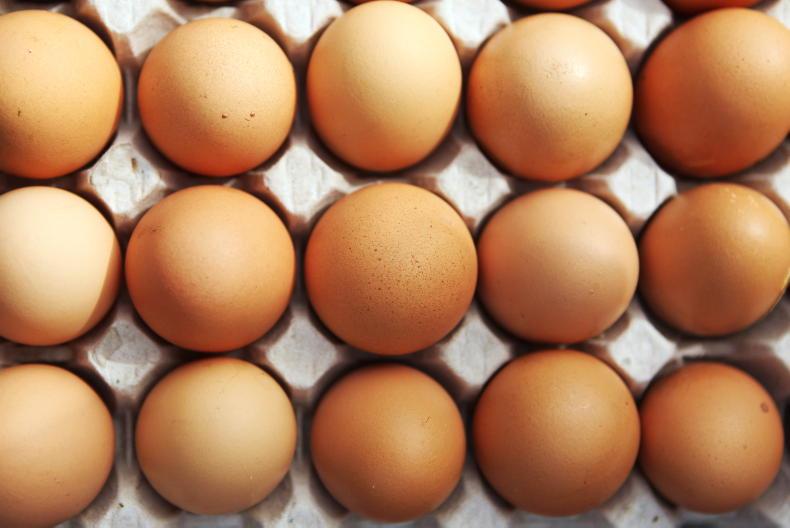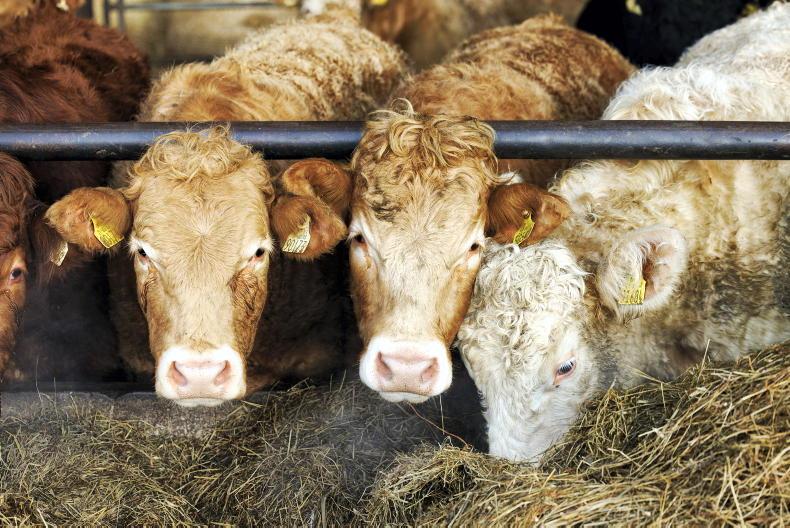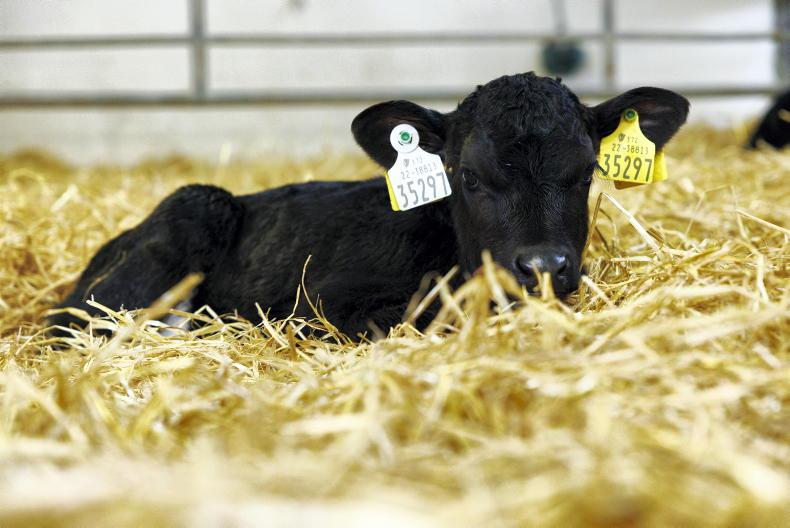I’ve already been asked three or four times so far this spring about how long milk from freshly calved cows should be kept out of the bulk tank.
Farmers who have used selective dry cow therapy are particularly interested because they know a share of their cows haven’t been treated with antibiotics and are therefore wondering if they can send milk to the co-op sooner.
The short answer is no and there are two reasons for this. Firstly, milk with colostrum residues causes problems for processors as it reduces the ability to process the milk, restricting the products that can be made.
It also causes increased downtime in plants as it leads to fouling of the equipment and it takes longer to clean. It tends to burn on to the surface of heaters and pasteurisers, blocks tubes in evaporators and leads to stickier powders and increased product rejection which all leads to increased processing costs.
Secondly, residues from cows treated with teat sealer are a big concern for cheese makers. Speckles from teat sealer cause a black spot in the cheese, which means it has to be rejected.
So even where no antibiotics have been used, the processors are still requesting that the first eight milkings are fed to calves.
Withdrawal periods
Where dry cow therapy has been used, it’s also important to check the withdrawal periods are up before the milk goes for the bulk tank.
The first withdrawal period concerns the activity period of the drug. This varies greatly from product to product, with a range from 28 to 54 days for some commonly used dry cow tubes.
So if a cow happens to calve within the withdrawal period her milk cannot be sent to the bulk tank until after the withdrawal period has elapsed.
The next withdrawal period is based on time after calving. Most dry cow tubes have a withdrawal period of 96 hours (eight milkings) after calving but again, there is a range of withdrawal periods between commonly used dry cow tubes of between 84 and 156 hours.
Finally, farmers who make the investment in scour vaccines should be aware that the transition milk is an important source of immunity against rotavirus scour.
So even if the milk was free of colostrum and teat sealer it would still be better used to feed calves than adding to the milk in the bulk tank.









SHARING OPTIONS